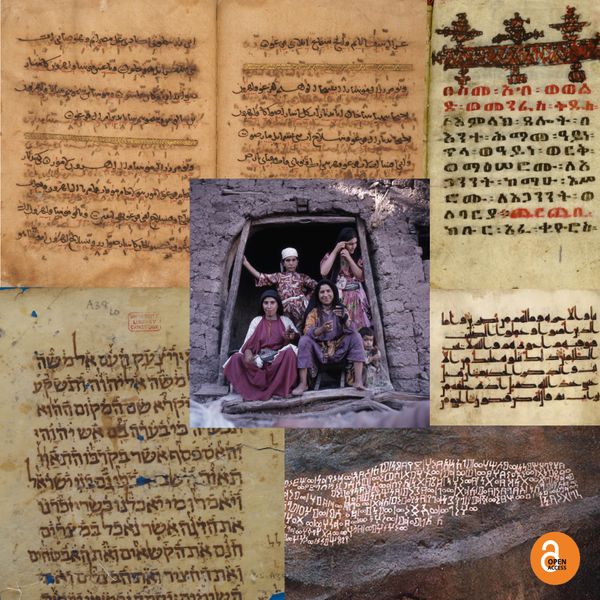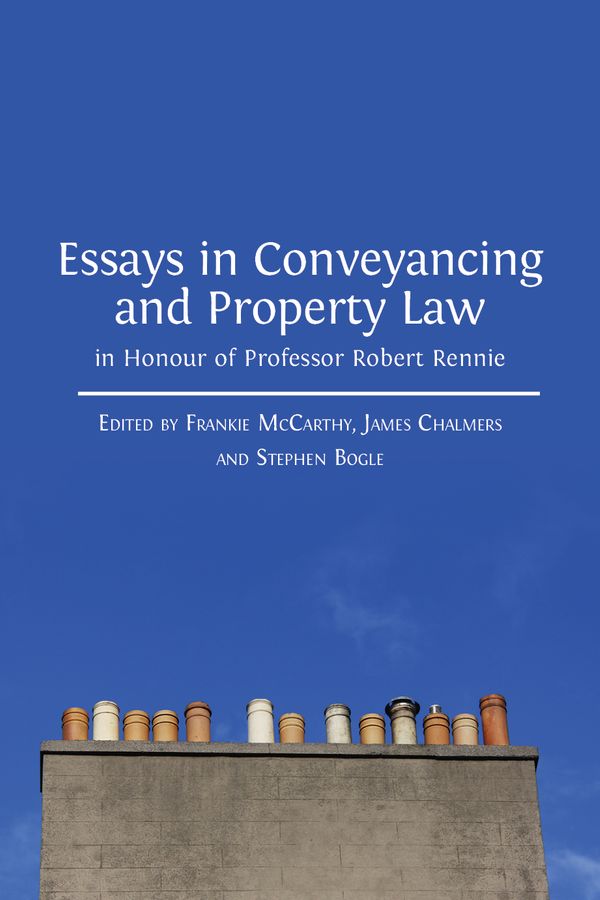Human and Machine Consciousness - a systematic approach
Consciousness is extremely important to us. What would life be worth without the smells, colours and sounds that fill our waking conscious experience? Coma patients who are unlikely to regain consciousness are allowed to die. Fictional unconscious zombies are shot with impunity.
Within the Christian tradition the conscious soul is distinct from the physical body. After death conscious souls continue to have experiences in hell or heaven. This tradition was reworked by Descartes into a distinction between thinking substance (the conscious soul) and extended substance (the physical body). Modern scientists and philosophers face an apparently insurmountable distinction between their everyday colourful conscious experiences and an invisible physical world of superstrings and wave-particles.
Over the last thirty years there has been a lot of research on the neural correlates of consciousness. Scientists have measured conscious and unconscious brain activity and attempted to identify neuron activity patterns that only occur when a person is conscious (the neural correlates of consciousness). This work has helped us to diagnose coma patients and speculative theories have been put forward about the relationship between consciousness and the physical world. When we develop better brain-scanning technologies, we might discover more fine-grained relationships between neuron activity and human consciousness. The limitation of this work is that it is difficult to generalize it to animals with different brain architectures (for example, octopi and insects), and it tells us nothing about the consciousness of artificial systems.
My own work in this area started when I joined Owen Holland’s and Tom Troscianko’s CRONOS project to build a conscious robot. During this project I built a brain-inspired neural network that implemented some proposed correlates of consciousness and analyzed this network to make predictions about its consciousness. This research raised many difficult questions about the relationship between human and machine consciousness: Can a computer program be conscious? Are biological neurons necessary for consciousness? Could we create a conscious machine using artificial neurons?
Scientific work on the neural correlates of consciousness cannot answer these questions because it is only studies the relationship between mammalian neurons and consciousness. It does not ask systematic questions about what it is about biological neurons that is linked to consciousness. Scientific work on consciousness also ignores the many challenging philosophical questions about consciousness. For example, it does not address the hard problem of consciousness or the causal relationship between consciousness and the physical world. If science cannot answer or neutralize these questions, then it is difficult to see how it can ever fully understand the relationship between consciousness and the physical world.
I wrote Human and Machine Consciousness to address these problems. The first part of the book explains how our modern interpretation of consciousness arose in response to the rise of science. It then tackles the philosophical problems with consciousness. Many philosophers have been puzzled by the so-called hard problem of consciousness, in which a person tries and fails to imagine how activity in a ‘grey’ brain is related to colourful conscious experience. Human and Machine Consciousness unpicks this apparently profound puzzle and shows how it arises from an inappropriate use of thought experiments and imagination. Some of the other philosophical problems with consciousness cannot be solved. However, they can be neutralized with the framework of assumptions that is set out in this book. Scientists can avoid the philosophical problems if they use my assumptions to measure consciousness. The results of the science of consciousness can then considered to be true, given these assumptions.
The central part of Human and Machine Consciousness explains how we can discover mathematical relationships between consciousness and the physical world. This will enable us to develop a general science of consciousness that is not limited to biological neurons. We could use mathematical theories of consciousness to make accurate predictions about the consciousness of animals and machines. Artificial intelligence is likely to play a key role in the discovery of mathematical theories of consciousness.
The last part of the book describes some applications of my approach to consciousness. I explain how mathematical theories could help us to modify and enhance our consciousness. We could make accurate predictions about the consciousness of brain-damaged patients, infants and bats. Mathematical theories of consciousness would enable us to build conscious machines and to make believable predictions about the consciousness of artificial intelligences.
Human and Machine Consciousness does not provide definitive answers to all of our questions about consciousness. It does explain how we can avoid the philosophical puzzles and study consciousness in a way that will eventually lead to a complete scientific understanding of human, animal and machine consciousness.
You can read and download Human and Machine Consciousness for free here.
Photo: Chimpanzee brain in a jar. By Gaetan Lee. Tilt corrected by Kaldari. 2007. CC 2.0.



